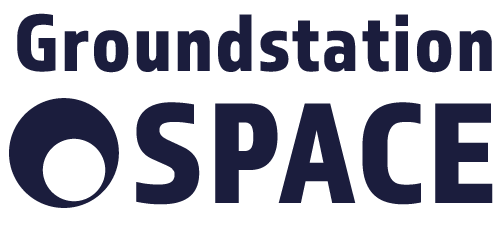Success Factors for Space Clusters

RAL Aerial View – 2016
Recently, the Satellite Applications Catapult in the UK published an independent report comparing approaches to international space clusters.
This is a very interesting study with relevant recommendations for any region aspiring to develop a space cluster, like NL Space Campus in Noordwijk.
Comparing eleven space clusters
The report provides an independent review of international space clusters and analyses public support for them with policy learnings to understand factors that have contributed towards their growth. From the results gained, the research then benchmarks UK space cluster performance against these international space clusters and delivers insights into how public policy can be improved upon to sustain the desired growth ambition in the nation’s space clusters.
Previously, research and government facilities were the main drivers of space cluster development. More recently, commercial interest has come into greater focus as the space sector has become increasingly embedded in previously unrelated industries. In many instances, the findings indicate that the success of the UK’s space cluster development is attributable to both factors, as it not only derives benefit from policy, but also from cross-cluster cooperation and regional specialisation.
Reasons for success (or failure)
The report explores eight international clusters of activity and compares these to three space clusters in the UK. Through these case studies the authors found a wide range of cluster origin stories and reasons for recent success. Public policy and government interventions appear to have had the most profound effects through the following mechanisms:
- Skills are sticky: Skills often remain in place when research programmes end – resulting in talented and educated people looking for opportunities and setting up companies. This can take time and is not fool proof but is a major characteristic of long term and sustained space sector growth.
- Scale matters: Reaching scale helps to develop a space sector brand, signals success and the availability of talent. It also helps to attract resources, companies and nationally and internationally, and mitigates risk for individual workers or companies.
- Individual space customers can be fickle: Whether it is a research programme, a single project or a high-profile mission, relying on an individual space customer is risky. In some cases, single organisations can be larger than moderately sized clusters, and can be successful. However, in a rapidly changing industry, technologies and markets have provided many examples of clusters struggling when single customer relationships end.
- Business environment and success culture is critical: ‘Business friendly’ environments do not necessarily mean low taxes. We found that more important were: being ‘open’ to skills migration and company formation, having a strong ‘how can we help’ style dialogue with the business community, supportive regulation, and developing a narrative of success.
- Public facilities and business support are not significant differentiators: Some clusters examined provide a supportive public function for companies to start projects or develop technologies whilst they prepare for market. Other jurisdictions offer very little or nothing. While the success of support mechanisms, such as access to finance, startup space, or business incubation is mainly anecdotal, there is evidence – particularly in the European clusters – that this support can make a big difference to some companies. Some unicorns have benefited from this support, but it isn’t always clear where it was an essential component of success.
Read the original post on the Space Applications Catapult site here















